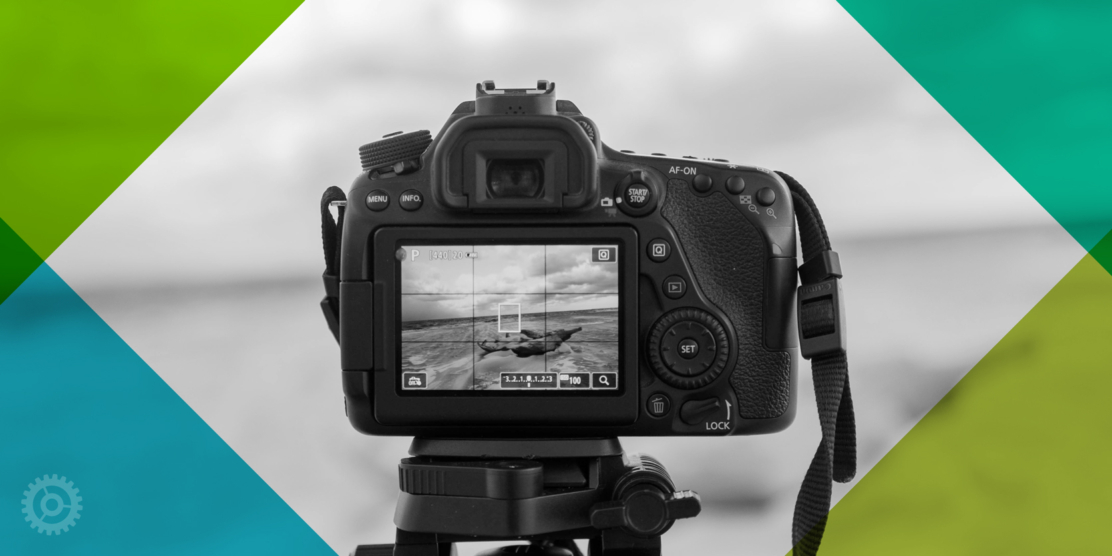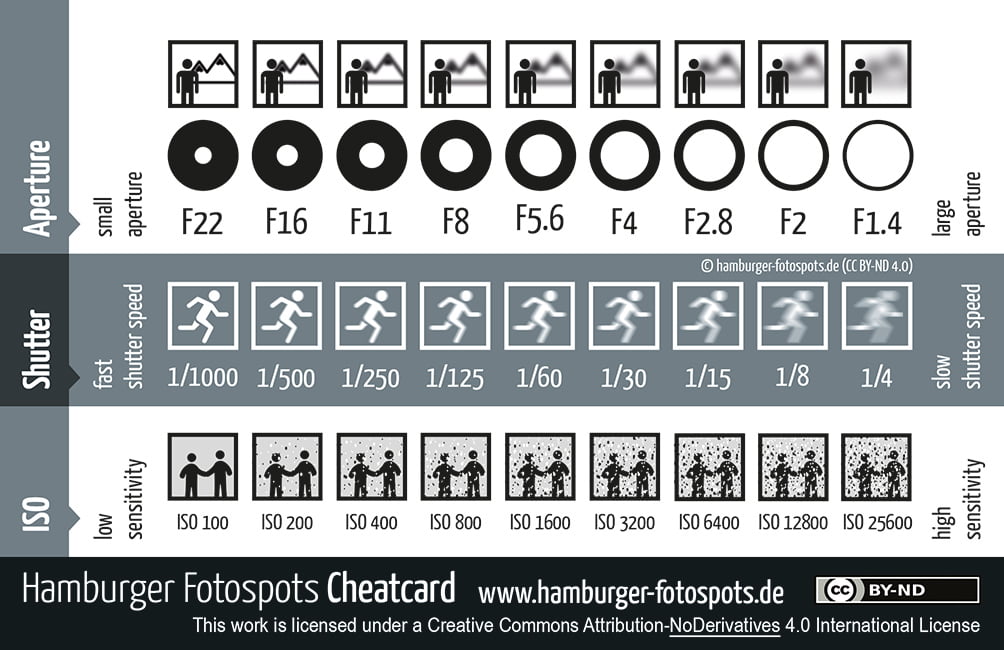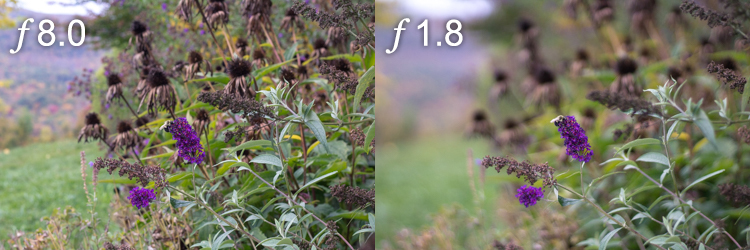
Nowadays, we’re all photojournalists. We document our lives, capturing everything from our child’s first steps to vacations we take to meals we share. Most of us use our smartphone cameras, but for those of you who have upgraded to a DSLR camera, here’s a quick overview of how to use your camera to capture life’s fleeting moments.
Know Your Tools
There are three main ways to control your camera. These are commonly called the Exposure Triangle. They are the aperture, shutter speed, and ISO. I’ll explain those in more detail below. Here’s a really helpful infographic that you can print out and keep in your camera bag for easy reference:

Special thanks to Daniel Peters who created this amazing infographic.
Aperture (f-stop)
The size of the opening that lets the light into your camera. It works similarly to the iris in our eyes.
Higher f-stop = f/22 (smaller opening)
- Great for landscapes & large groups of people.
- The higher the f-stop number, the smaller the aperture opening (less light gets through).
- Effect on Depth of Field: Crisper background, “broader” depth of field, more objects in focus.
Lower f-stop = f/1.4 – f/2.8 (wide open)
- Great for portraits.
- The lower the f-stop number, the bigger the aperture opening (more light gets through).
- Effect on Depth of Field: Blurrier background, “shallower” depth of field, so the subject is emphasized.

Shutter Speed
How fast the shutter opens. Shutter speed is responsible for changing the brightness of your photo as well as creating dramatic effects by either freezing action or allowing moving objects to appear blurred.
Fast shutter speeds = 1/1600th second
- Fast shutter speeds freeze motion, keeping everything in sharp focus regardless if the object is moving.
Slow shutter speeds = 1/30th second
- Slow shutter speeds leave the shutter open longer, so moving objects appear blurred. This can create a sense of motion on rivers and waterfalls, for example, while keeping everything else completely sharp.
ISO
ISO is the digital camera sensor’s sensitivity to light. In the days of film, it used to be the sensitivity the actual film had to light. As you increase your ISO number, your photos will grow progressively brighter. Changing your ISO helps you to capture images in darker environments or have more flexibility with your aperture and shutter speed settings.
ISO of 3200+
- More grain, more sensitive to light. Best to use in darker environments.
- Caution: Sometimes photos taken with a higher ISO can be grainy and pixelated looking.
ISO of 100
- Less grain, less sensitive to light. Best to use in brighter environments.
Resources
Understanding Maximum Aperture
Introduction to Shutter Speed in Photography
Introduction to ISO in Photography




